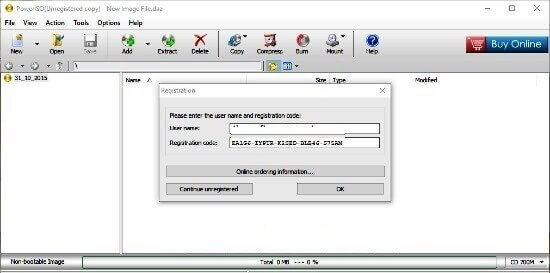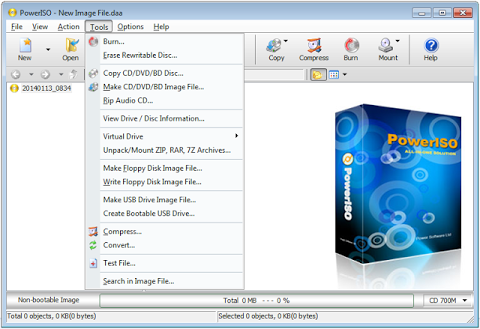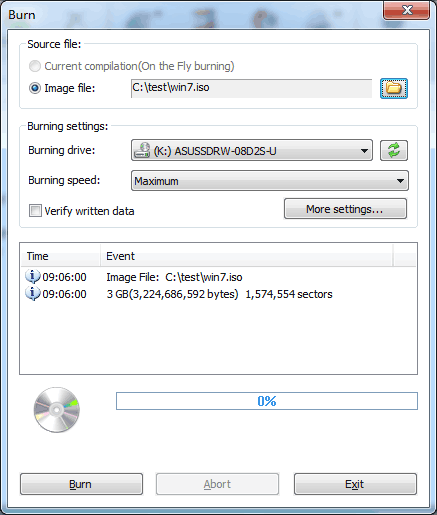

- #Power iso burn windows iso to usb drive how to#
- #Power iso burn windows iso to usb drive install#
- #Power iso burn windows iso to usb drive portable#
- #Power iso burn windows iso to usb drive download#
Rufus also checks the USB drive for any bad blocks. These options are beneficial when you are creating BIOS, firmware, or other low-level drives. Moreover, you get various different options like the ability to change the partition scheme, cluster size, and file system. Add to that, Rufus is much faster than the other apps when it comes to creating bootable Windows USB drives. Rufus not only lets you create bootable USB for different kinds of operating systems but you can also use it to flash BIOS, firmware, and run low-level utilities. When it comes to creating bootable USB drives in Windows, Rufus is the best, free, open-source, and easy-to-use software.
#Power iso burn windows iso to usb drive how to#
Read: How to Use USB Flash Drive on Android and iOS USB Bootable Software 1. To help you create bootable USB drives, here are TechWiser’s top 7 free USB bootable software for Windows. When you no longer need the OS file, you can simply format the drive and use it to store other data. After that, just follow the onscreen instruction and you are good to go. Once done, restart your computer and change the boot order to boot from USB.
#Power iso burn windows iso to usb drive install#
To install an OS, all you need to do is burn the ISO to a USB pen drive using any of the following USB bootable software. In most of cases, you can leave this option as default when USB was found and automatically loaded info by Rufus.Read: How to Encrypt USB Drive Using VeraCrypt How to create a Bootable USB from iso?
#Power iso burn windows iso to usb drive portable#
When burning ISO to portable hard drive or SSD, the default setting in Rufus is FAT32, like the screenshot shows, but you can also choose NTFS file system if the target media requires. The preferred option to install an Operating System in native EFI mode, when USB access is not required from Windows XP.

When comes to GPT partition scheme for UEFI: Use this if you want to install an Operating System in native EFI mode, but will need to access the USB content from Windows XP.

When select MBR partition scheme for UEFI:

However, if you have an UEFI computer and want to install an Operating System in native EFI mode, you should select one of the other options. When you select MBR partition scheme for BIOS or UEFI:Īnd hover it, Rufus will show the guide info" Usually the safest choice. It's for the portable SSD or hard drive, if you're using USB, leaving this as default is OK:
#Power iso burn windows iso to usb drive download#


 0 kommentar(er)
0 kommentar(er)
